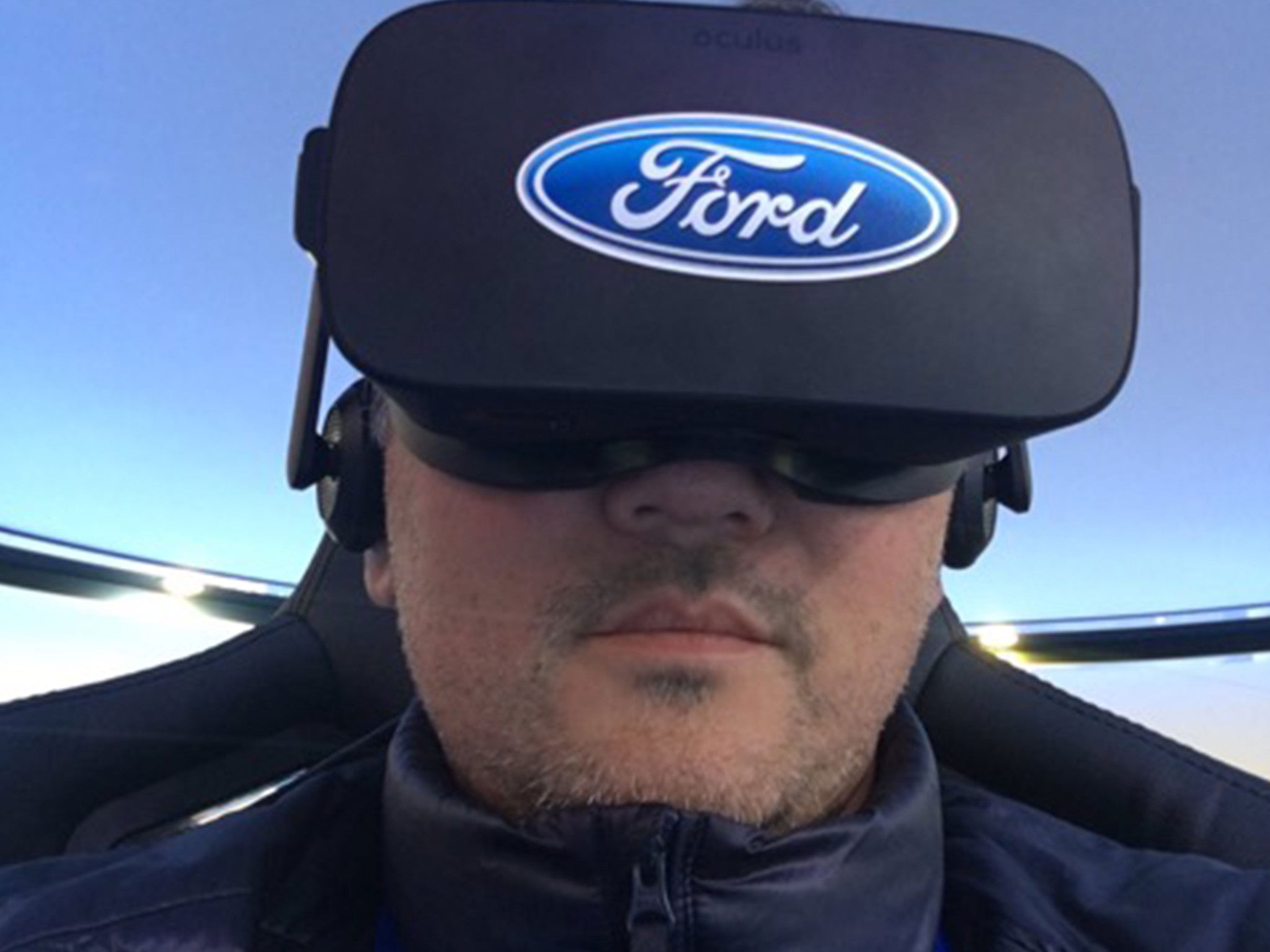
Ford- NAIAS Detroit Auto Show '17



Innovation and diversity. Two words that you always think of at automobile shows. What is the newest in technology and how does each company diversify it’s automobile lineup? This year for Ford there is a special meaning to both those words. I was invited to The 2017 North American International Auto Show by Ford Motor Company. As a guest I attended Ford’s key note speech where the new 2018 F-150 was unveiled. There was also the introduction of the Hybrid Transit Connect. What got the crowd excited was the return of the Ford Ranger and Ford Bronco both scheduled to be released in 2018. Ford made several announcement including having 13 electrified vehicles by 2019 and have a fully autonomous vehicle by 2021.
For the first time Ford also had Ted talks. Four speakers from very different backgrounds spoke of how to solve the problem of mobility in our big urban cities. Wanis Kabbaj, biophysicist from UPS compared our road systems to the network of blood vessels in our body. Understanding the physics behind blood flow could help us solve issues with traffic on our highway systems. Jeff Speck, an urban planner spoke of method to make our roadways safer while decreasing the amount of traffic congestion. Interesting note was that widening our roadways have no effect on traffic congestion as research has shown. Of course we see that with the 405 in Los Angeles as well. C. Nicole Mason gave an inspiration talk about mobility in society. She talked of the benefits of being “difficult” and never quitting until she reached her goals. She did mention transportation stating that no child should ever be denied education or opportunities because of a lack of transportation. Mitchell Joachim, an architect and professor from New York University spoke on biomaterials and self-sustaining dwellings.

In the next session Ford presented the city of tomorrow with a panel discussion with the Mayors of Atlanta, Chicago, Columbus, and Detroit. All talked about the importance of equal opportunity for all in their cities but especially minorities. I was impressed with what Detroit had accomplished after the fall of the Car industry during the recession. It was nice to hear that Detroit has recovered and become a vibrant city. They all spoke of the importance of solving the problem of mobility again with innovations such as autonomous vehicles and alternated modes of transportation (think Jetsons).
The following day we visited the Ford’s Product Development Center in Dearborn. For me, being a tech geek, this was highlight of the visit. We started at the Virtual Manufacturing Laboratory. This is where Ford uses virtual reality to design new manufacturing plants and machinery. With the data obtained from biosensors they can design equipment and machinery that minimizes stress on the body. So far the use of virtual reality has reduced significantly the amount of time workers spend on leave because of work related injury. The advantage they can build complete virtual manufacturing plants and equipment at a fraction of the cost of building physical models. A colleague in Australia can experience the design before heading a manufacturing project there.

From there were went to two other studios. The first one showed off the power of virtual reality. We got to sit in the driver’s seat of a newly designed mustang. With the use of virtrual reality they can design the instrument panel and put knobs and buttons at optimal places. Again they can do this at a fraction of the cost of building physical models. They can even pop the hood and examine the design of the layout underneath and check for example proper airflow. The second lab was a design lab that used virtual reality to actually design the look of vehicles. Using virtually reality and a digital 3-D paintbrush tool you could draw a vehicle in space and then build a complete model from it. I was never a big fan of VR but I now see the potential in all industries.


That was the last stop and our Hybrid Transit Connects brought us back to the hotel for a final lunch before leaving Detroit. I was impressed with the direction Ford is going. As the father of mixed children it is reassuring that such a major American corporation is so dedicated to the diversity of our people. This was evident in that they are partnering with major cities to improve the problem of mobility and strive for equal opportunities among minorities. With the increase use of virtual reality and eventually augmented reality they are paving the way for improvements in design and performance at much reduced costs. They are also conscious of the environment with their dedication to alternative fuel and autonomous vehicles. To Ford Innovation and diversity mean more than just their automobiles. They are truly striving to make this country a better and safer place for all.


I had some time before the next Ford Session so I visited the Ford booth at the NAIAS. I marveled at the beauty of the F-150 Raptor. It is definitely one of my favorite Ford vehicles. My teenage son has been asking for one since he got his driver’s license. If I had a midlife crisis I could definitely see myself in a Ford GT. Beautifully designed. Had the longest lines to be able to sit in it. A more practical vehicle for us would be the Ford Transit connect Hybrid. Ford was testing out a fleet of 20 in Detroit shuttling us from the Airport hotel to the Convention Center. It seats 12 including the driver. This could definitely come in handy at home with our kids little league baseball teams and basketball teams. It could easily handle the 6 in our family and plenty of room for luggage for those long road trips.


A common theme among the talks was the eventuality of autonomous vehicles. A common solution to the problem of mobility in our cities will be the increased usage and availability of autonomous vehicles. I never thought about it but autonomous vehicles with eliminate the need for parking spaces. They can also make the shared vehicle ownership a reality. You see autonomous vehicles are not just for being able to read the newspaper on the drive to work. The vehicle could drop you off at work, go back home and take the kids to school. Then it could pick up another owner and take that person to work. The options are limitless.











Leave a comment
This site is protected by hCaptcha and the hCaptcha Privacy Policy and Terms of Service apply.